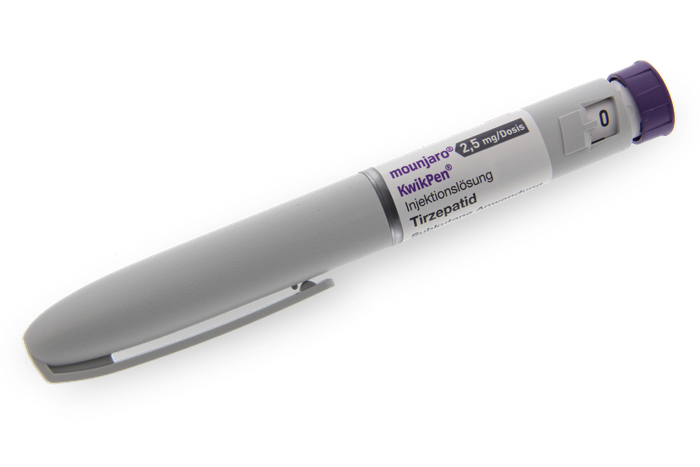Mounjaro: Transforming Type 2 Diabetes Management

Introduction
Mounjaro, a recent addition to the array of medications for managing Type 2 diabetes, has gained significant recognition in the medical community. Officially known as tirzepatide, this dual-action drug works by mimicking two incretin hormones, which helps to enhance insulin secretion and lower blood sugar levels. With the rise of diabetes cases globally, Mounjaro’s innovative mechanism has ignited hope for improved patient outcomes and a new avenue for diabetes management.
Clinical Efficacy and Approval
Since its FDA approval in May 2022, Mounjaro has showcased remarkable results in clinical trials. In studies, patients taking Mounjaro experienced an average weight loss of 15% within a year, alongside significant reductions in HbA1c levels, which is crucial in diabetes management. A particularly notable trial known as SURPASS-2 involved over 1,800 participants and demonstrated superior efficacy compared to other diabetes treatments. These positive outcomes have spurred interest in Mounjaro as a game changer in diabetes care.
Accessibility and Usage
As the demand for effective diabetes treatments increases, accessibility to Mounjaro has become a pressing issue. Currently, the drug is administered via a once-weekly injection, which presents a more convenient option compared to daily medications. Despite its advantages, the cost remains a concern, with prices reaching over £1,000 per month without insurance coverage. Ongoing discussions surrounding pricing and insurance reimbursement are vital for ensuring that Mounjaro reaches those in need.
Patient Perspectives and Future Outlook
Patient experiences with Mounjaro have been largely positive, reporting not only improved glycaemic control but also enhanced quality of life due to weight management. However, potential side effects such as gastrointestinal issues have been reported, necessitating further research to understand long-term implications. Moving forward, healthcare professionals are optimistic about Mounjaro’s role in diabetes treatment, with further studies investigating its use in pre-diabetes and potential cardiovascular benefits.
Conclusion
Mounjaro stands at the forefront of diabetes treatment innovation, offering hope to many struggling with Type 2 diabetes. As research evolves and accessibility concerns are addressed, it is expected that Mounjaro will have a lasting impact on diabetes management, promoting healthier lives and better outcomes for patients worldwide. The future of diabetes care may well depend on how effectively this revolutionary medication can be integrated into treatment plans.









